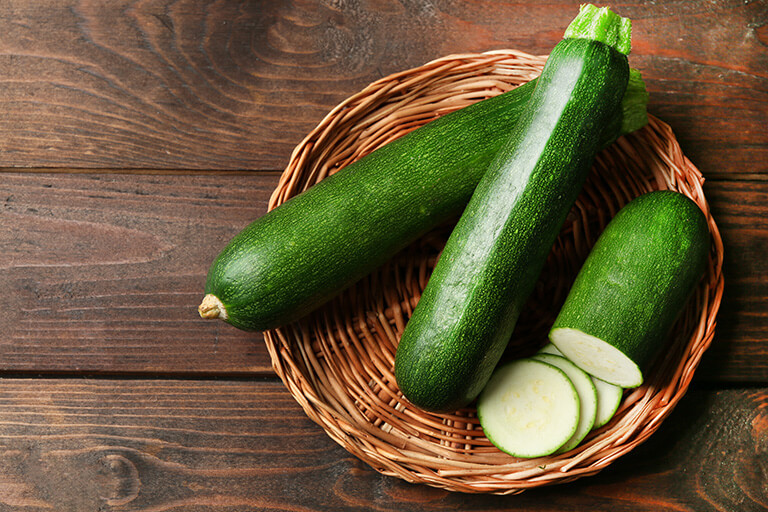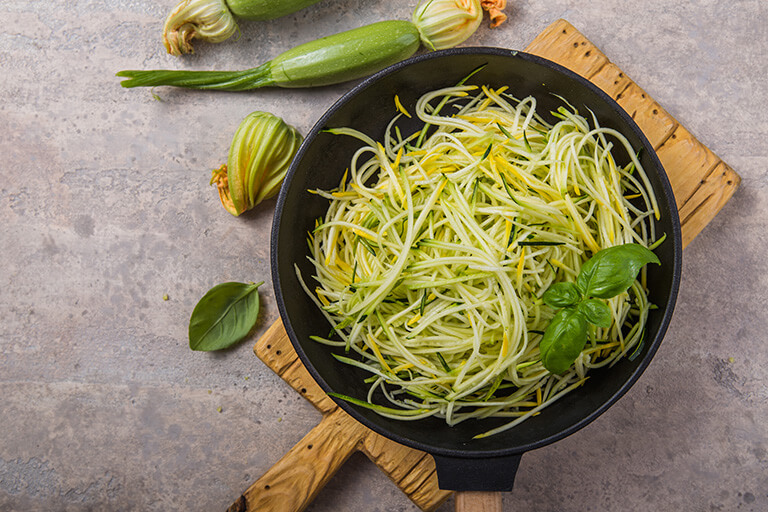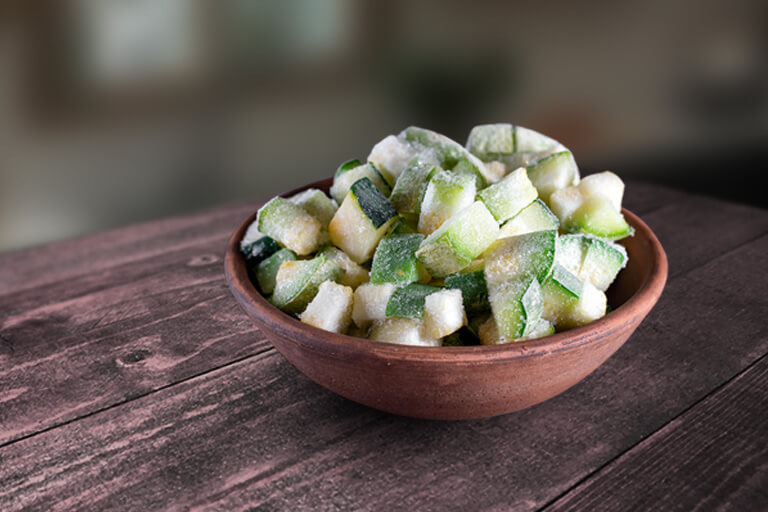Zucchinis can be cooked in many ways and almost always available every season. As such, it is a popular healthy, versatile option, often used in side dishes.It often appears as a side dish to go with the main dishes. It is suitable for many techniques such as grilling, broiling, steaming, cooking with salt before using in salads, grating and using in pasta making. With so many options, zucchini gives us plenty opportunity not to waste it and enjoy its variety of tastes.
From the Middle East to Crete in the Aegean region, stuffed zucchini is found in many cuisines. Typical stuffings in the Middle Eastern family of dolma include rice, onions, tomato, and sometimes meat.
It usually grows in temperate climates, where the weather is neither too cold nor hot. It can be found frequently during the summer months and is available throughout the year. It may appear in different colours and sizes according to geography and climate. Smaller squashes are less bitter, their seeds are softer, and their rind is thinner.




